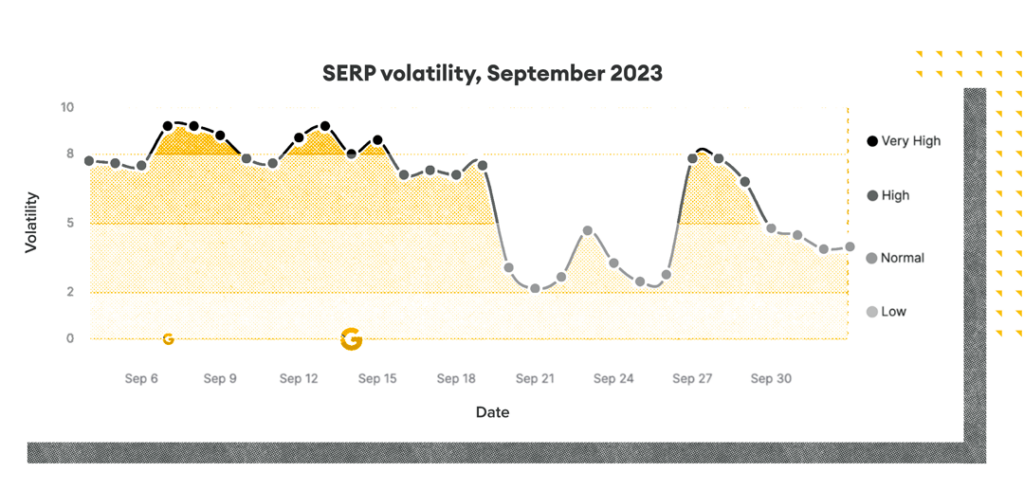Over the past few years marketing and IT teams have been flying high with cloud-based innovations. These servers and software “in the sky” are aimed at improving flexibility, scalability, and efficiency of handling and accessing the data that empowers marketers to make the informed decisions they need to reach their target audiences and provide great consumer experiences. From collecting and storing paid media analytics to scheduling automated campaigns, the cloud seems to be the key fueling your brand’s digital ascent.
But as you soar amidst the data-driven clouds, a question whispers in the wind: is your data safe?
Enter cloud security management, the vigilant guardian in this digital sky. It’s the framework, the set of tools, the sleepless protector ensuring your prized marketing data navigates the cloud with confidence and integrity.
The cloud security landscape: From seedling to towering tree
Cloud security’s journey began decades ago, as a tiny sapling sprouting from concerns about online data vulnerability. Today, it stands tall as a mighty oak, offering robust solutions across industries. But for marketers and IT teams who rely on high-quality data to drive actionable insight, understanding where you are in this forest is crucial. Are you just planting the seeds of cloud adoption, or do you have sprawling data ecosystems nestled within its branches? Identifying your stage sets the foundation for your cloud security management journey.
Learn more about Data Strategy and Analytics Services at Tallwave.
Understanding data protection: The roots of secure marketing
The heart of cloud security management is data protection. For many marketing teams, this translates to safeguarding customer information, campaign creatives, and brand-sensitive data. For others, like those who rely on healthcare web analytics data, the roots are even deeper.
However, cloud security management isn’t without a few thorns. Today’s marketing landscape throws myriad security challenges our way:
- Evolving threats: Hackers, malware, and data breaches constantly evolve, demanding dynamic, adaptable security measures.
- Fragmented ecosystems: Multi-cloud environments and third-party integrations multiply data touchpoints, creating a complex security puzzle.
- Human error: Accidental data leaks or inadequate employee training can unintentionally expose vulnerabilities.
To combat these growing threats, marketing and IT teams might consider an approach with two branches:
1. Data classification and encryption
Prioritize your data, classifying it based on sensitivity and implementing robust encryption measures for high-value information. Secure cloud storage solutions further solidify your digital fortress.
2. Cloud security standards
Adopt industry-standard practices like strong password policies, access controls, and regular security audits. Remember, prevention now is always better than breakfixes later.
So, having acknowledged the critical role of data protection, the question that begs to be asked is: how can we actively implement best practices and tools to build a data sanctuary within the cloud that protects and enables our marketing initiatives?
Best practices for cloud security management: Building your data a secure shelter
Let’s delve deeper and explore the practical tools and best practices marketers and IT teams can leverage to ensure data stays safe in the cloud.
Cloud security monitoring and threat detection
Invest in tools that continuously monitor your cloud environment for suspicious activity and potential threats. Early detection is key to swift and effective containment. Tools can vary by cloud provider. Those using AWS might look to GuardDuty or Amazon Inspector, while those on Azure might consider Microsoft Defender for Cloud or Log Analytics.
Future-proof your environment
Stay ahead of the curve by constantly evaluating and updating your cloud security measures. Remember, the digital landscape is ever-shifting, and so must your defense mechanisms.
Secure cloud storage
Choose reliable cloud storage solutions that offer robust security features, data redundancy, and disaster recovery options. Your marketing data deserves a digital vault, not a cardboard box.
Cloud security policy
Craft a comprehensive cloud security policy that outlines data handling procedures, employee training protocols, and incident response plans. Clear guidelines are your best friend in crisis mode.
Regulations like GDPR and HIPAA add another layer of complexity to the cloud security puzzle. Risk management in cloud security is key, by regularly assessing compliance and actively managing potential risks, you can chart a secure course through the regulatory waters. Other guidelines, like SOC 2 and ISO 27001, provide a roadmap for achieving and maintaining compliance, earning you precious trust and peace of mind.
Embarking on your secure cloud journey
Cloud security management may seem daunting and like a maze of risks and regulations. But remember, you don’t have to navigate it alone. Cloud security solutions abound, offering tools, expertise, and managed services to guide you every step of the way.
At Tallwave, we understand the intricacies of cloud security, especially in the dynamic world of digital marketing. Our team of marketing data strategy experts is ready to equip you with the knowledge, tools, and confidence to conquer the cloud’s highest peaks. Tallwave is just a cloud hop away; we’re here to help when you need us.







